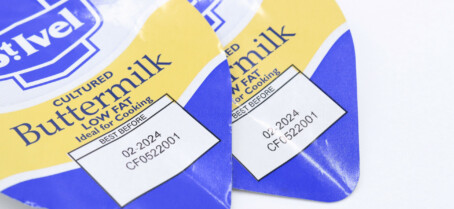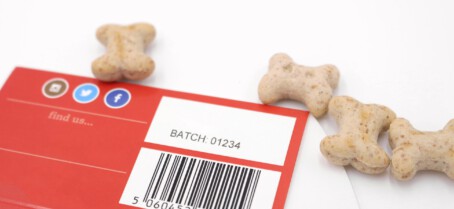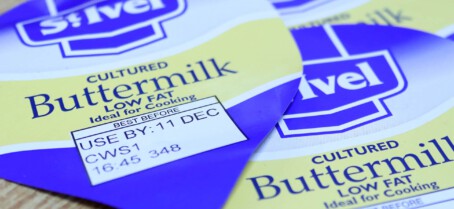Simply speaking, batch coding is the process in which an identifiable code, usually made up of both letters and numbers, is applied to a product and/or it’s packaging. It’s a code that will be given to a group of identical products that were all produced at the same time, on the same date, at the same location, using the same ingredients etc.
So, a consumer could pick up two of the exact same tins of soup from the Supermarket, with the same ingredients, produced in the same way but if they were made on a different day, or on a different line for example, they would carry different batch codes.
The importance of batch codes
Traceability is crucial to protect and reassure consumers and to comply with legal requirements. Therefore, applying batch numbers is a mandatory part of the manufacturing process for all companies producing goods destined to be sold to consumers.
The batch code allows the individual product and it’s history to be fully traced throughout the supply chain. This traceability is vital, for if there was an issue raised with a particular item, the unique code can be traced right back to the source. All products with the same batch code can then be recalled and removed from sale.
What is a batch coding machine?
A batch coding machine is the equipment that applies the batch codes, and often other variable information, such as date or LOT codes directly onto products and/or their packaging. This can be a printer (sometimes referred to as a coder) integrated onto a production line, or a dedicated off-line system that both feeds and prints onto the packaging before it is filled.





